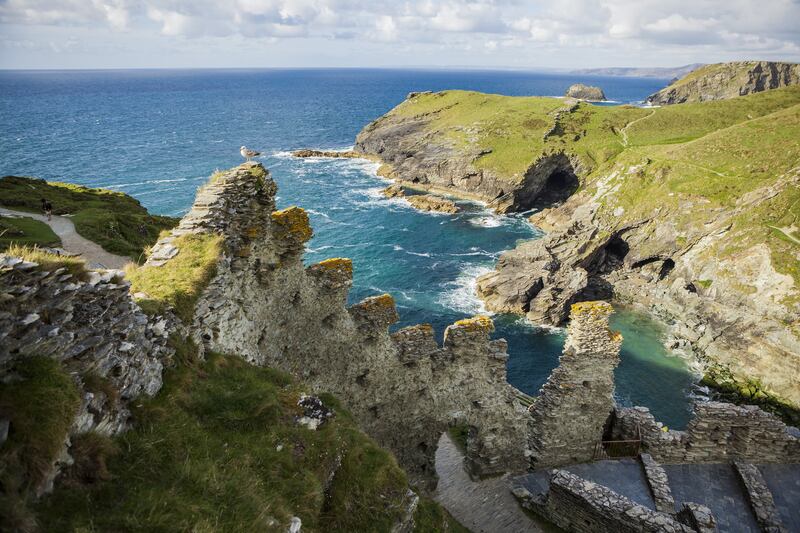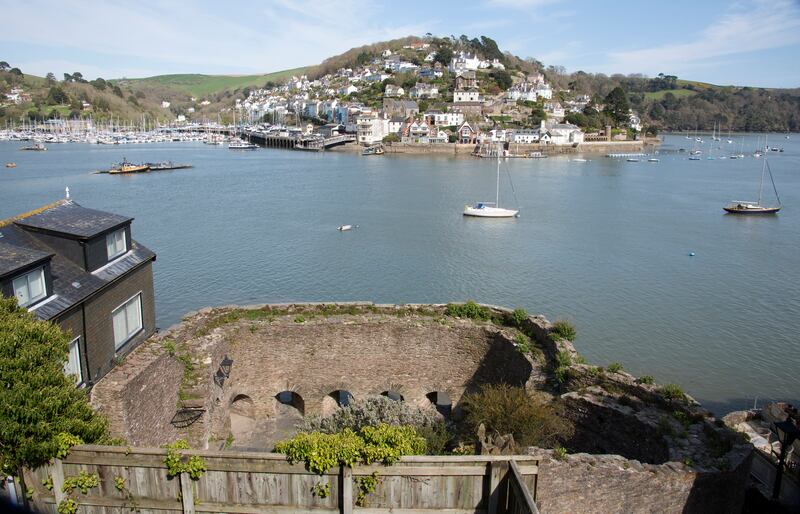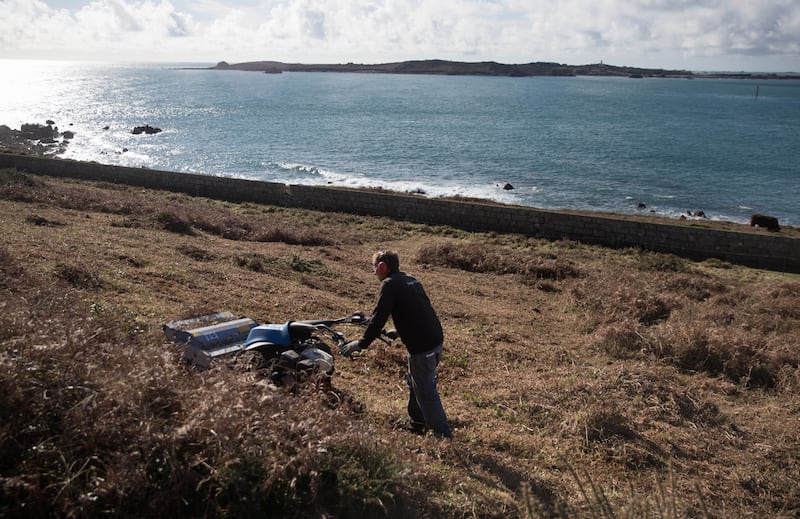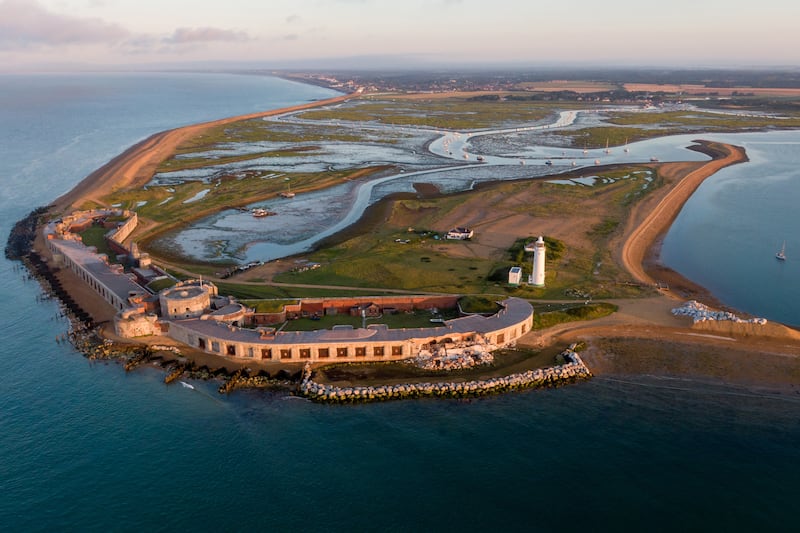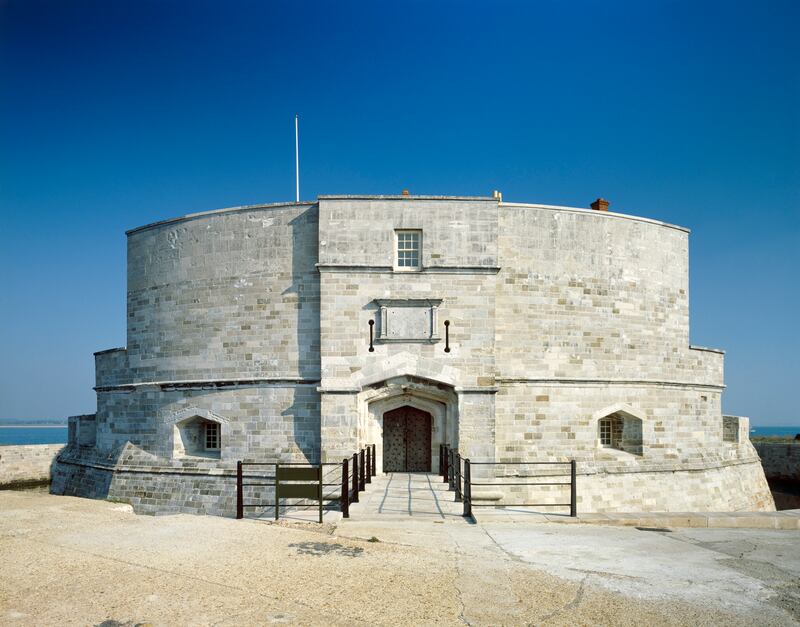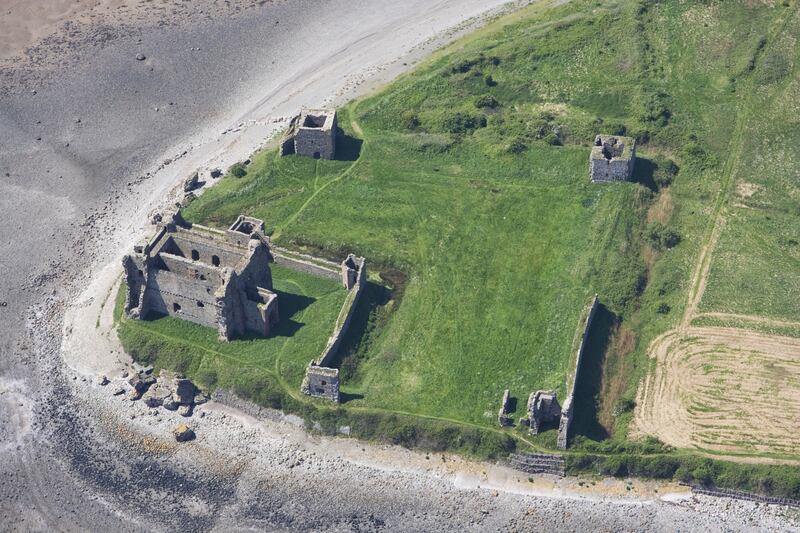An English castle believed to be where King Arthur was conceived could be lost forever as climate change quickens the pace of coastal erosion.
Tintagel Castle, perched on top of the clifftops of North Cornwall, is one of several English Heritage sites at risk from rising seas.
The body says the rate of land loss over recent years is “alarming,” placing many of its coastal properties in jeopardy.
It has now launched a major fund-raising drive to shore up the sites it manages.
"Erosion along England's coastline is nothing new but the rate of land loss that we have seen over the past few years is alarming, and some scenarios indicate that sea levels could increase by up to a metre by the end of the century,” said Rob Woodside, director of estates at English Heritage.
"To give this some context, last century sea levels rose by 14cm along the southern coast of England.
"Climate change is accelerating the issues faced by our coastal heritage and creating huge challenges for organisations like English Heritage seeking to protect it."
The site of Tintagel Castle has been inhabited since the late Roman period but it came to fame in the 12th century, when chronicler Geoffrey of Monmouth named it was the place where King Arthur was conceived.
His mythological account of the history of the kings of Britain, Historia Regum Britanniae, cemented King Arthur, and Tintagel's, place in the national imagination.
The legendary king is said to have led a knightly fellowship called the Round Table. Although historians cannot confirm he actually existed, many believe he was a real warrior from the sixth century who led British armies against Saxon invaders.
It is believed the association with King Arthur prompted Richard, Earl of Cornwall, to build a castle at Tintagel in the 1230s.
The site has long-since battled with erosion, with parts of the castle already falling into the sea by the 14th century.
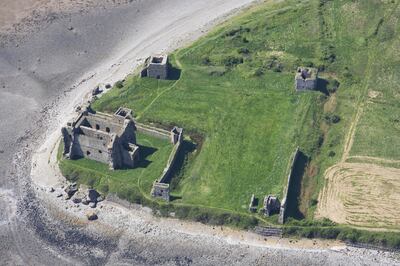
But English Heritage said areas of the cliff directly in front of the castle had been lost, affecting the viewing area and the coastal path.
It aims to raise £40,000 to repair the damage and that caused by last winter's storms.
Tintagel Castle is not the only castle vulnerable to coastal erosion. Others include Bayard's Cove Fort near Dartmouth in Devon, which was built in Tudor times and is vulnerable to flooding because it is located on a terrace cut from the rocky river bank.
The Garrison Walls, an English Heritage property on the island of St Mary's in the Isles of Scilly is another at risk.
The walls, which were built to strengthen the island's defences after the attempted invasion by the Spanish Armada, have "pinch points" which take the full force of the tide and make them vulnerable to erosion.
Several fortresses built by Henry VIII are also in peril. A huge section of the 18th century east wing of Hurst Castle in Hampshire collapsed in February 2021 after the sea undercut its foundations.
Calshot Castle, another of Henry VIII's fortifications located close by, is battling erosion, and its low lying site puts it at risk from flooding as sea levels rise.
Piel Castle, which dates back to the 14th century, is located on a rapidly eroding low-lying island around half a mile from the coast of Morecambe Bay.
Built to guard Barrow-in-Furness against pirates and Scots raiders, swathes of the surrounding island have already been lost, while some of the castle fell into the sea in the 19th century.
In recent years, English Heritage said the sea banks and modern gabion sea defences, loose stones shaped into blocks by wire cages, had been undermined by coastal erosion, costing at least £25,000 to repair.
Mr Woodside said hundreds of heritage sites in the UK and around the world are increasingly at risk.
"If these coastal properties are to survive the coming decades, we will need to strengthen their walls and build sea defences to protect them. It is for this reason that we are launching a public appeal to raise funds for this vital conservation work," he said.
